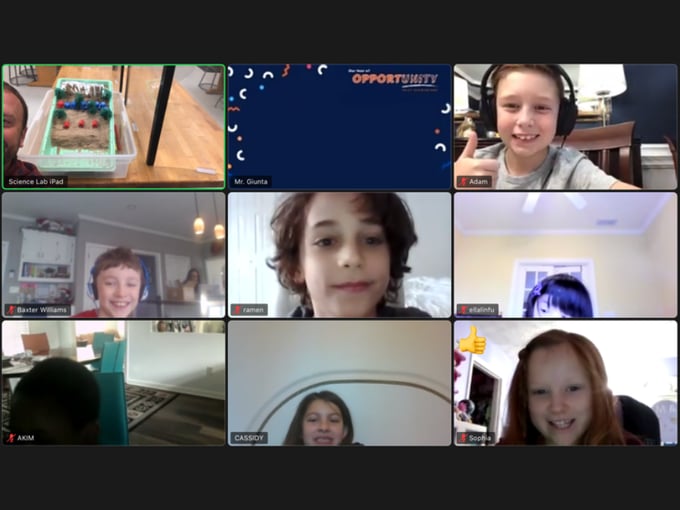Joey Giunta (pronounced JUNE-tuh) is a PLTW Master Teacher who has taught science for 14 years – the most recent six years at Tritt Elementary School just northwest of Atlanta, Georgia. Approximately 850 students are enrolled in the school, which is nationally STEM-certified through Cognia and is a 2019 Blue Ribbon School.
Mr. Giunta has been a Master Teacher for nearly five years, and he teaches the PLTW Launch program’s engineering modules for all grades in the school (K-5) as part of the “specials” rotation. We recently asked him to share a bit about his experience as a PLTW Launch teacher and how the COVID-19 pandemic has impacted him and his students.
What was your road to PLTW (i.e. how long were you teaching prior, did you have another career path before teaching, etc.)?
Prior to teaching at my current school, I was a non-formal educator for 10 years. I worked at a non-profit nature center, visiting schools with animals or taking students on hikes of our property. I intended to focus on environmental education when I got my own classroom, but I was so fortunate to be given the opportunity to use PLTW and have never looked back! (Of course, I still garden with all my students but have been able to tie that into many of the PLTW modules!)
How does your school/district use PLTW Launch in its curricular plan?
Our students use PLTW in my Science Lab and learn the Computer Science modules in our Technology Lab. The PLTW engineering design process is used in every homeroom as they develop community-focused project-based learning (PBL) every school year.
Every student in our school uses PLTW in a six-day rotation. The middle and high schools we feed into have optional PLTW tracks.
How did your school respond to the COVID-19 pandemic?
Our district was just rolling out a new learning management system (LMS) in spring of 2020, so when we went home last mid-March, we were able to switch to virtual immediately for the remainder or the year. Q1 of this school year was 100 percent virtual, and then students could choose face-to-face vs. digital starting with Q2. It started about 75/25, then 80/20 by Q3, and now we are about 90/10 face-to-face/virtual. We require masks 100 percent of the time from all students and staff.
Our specials rotation changed as an effort to see fewer students in the same amount. Rather than see students every six days (six classes per grade in a rotation), we see each class on six consecutive days, but that’s it for the entire quarter. It is the same number of days, just all condensed to one block of time. I’m spending a week and a half with the same class for each grade, and then we switch to new classes.


